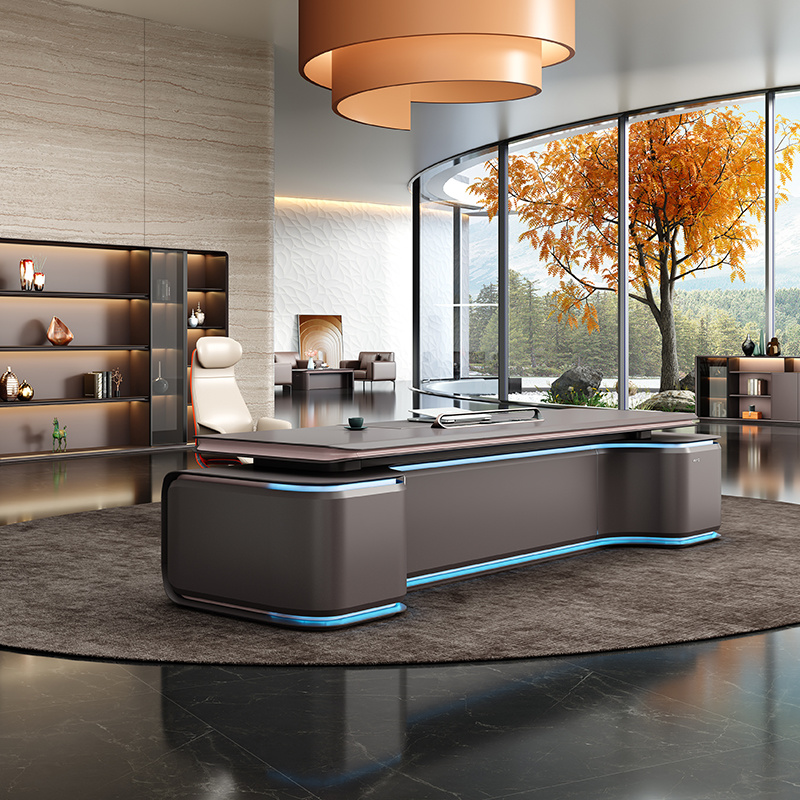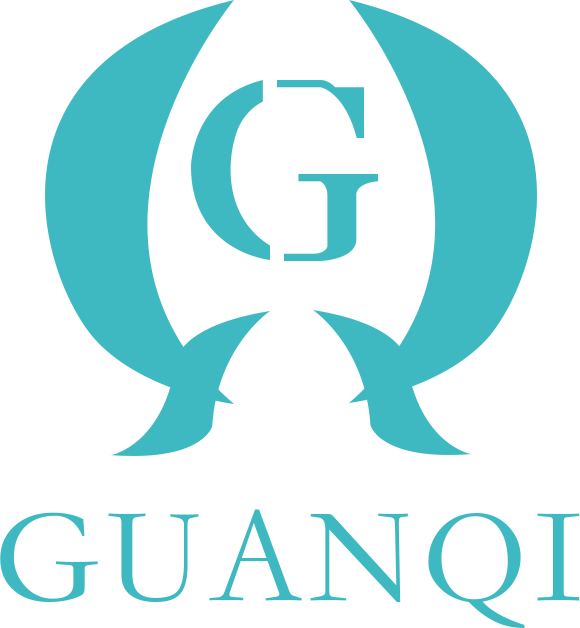The Modern Office Desk: Function, Style, and Productivity Combined
2025-06-10
In today’s dynamic work environment, the office desk is no longer just a place to sit and shuffle paperwork. It has transformed into a vital piece of office furniture that influences productivity, reflects company culture, and supports employee well-being. Whether you’re working in a traditional corporate setting, a home office, or a collaborative co-working space, the right office desk can significantly enhance your workday.
 In this guest post, we explore the importance of office desks in modern workspaces, the types available, and how to choose the ideal one for your needs.
In this guest post, we explore the importance of office desks in modern workspaces, the types available, and how to choose the ideal one for your needs.
1. The Evolving Role of the Office Desk
Historically, desks were purely functional—flat surfaces with drawers. Today, office desks must serve a variety of functions. They are:
Productivity hubs: Equipped with charging ports, cable management systems, and adjustable heights.
Design statements: Stylish and reflective of the brand’s identity and values.
Health-conscious stations: Ergonomic features that promote better posture and reduce long-term physical strain.
As hybrid work models become the norm, flexibility and functionality are now top priorities when selecting an office desk.
2. Types of Office Desks
Not all office desks are created equal. Different roles and spaces require different styles and features. Here are some of the most popular types:
a. Executive Desks
Executive desks are large, often L-shaped or U-shaped, with plenty of surface area and storage. They are ideal for senior-level professionals who require space for meetings, paperwork, and multiple devices.
b. Computer Desks
These are compact and optimized for computer use. Many feature pull-out keyboard trays, built-in cable management, and minimal surface clutter.
c. Standing Desks
Also known as sit-stand desks, these are adjustable in height and encourage users to alternate between sitting and standing, which is healthier over the long term.
d. Corner Desks
Perfect for maximizing limited office space, corner desks fit snugly into a room’s edge while offering plenty of work surface.
e. Writing Desks
Minimalist in design, writing desks are perfect for writers, students, or anyone who needs a simple, elegant space for focused work.
f. Reception Desks
Often the first point of contact in an office, reception desks are designed to be visually welcoming while offering storage and communication functions.
3. Key Features to Consider
When selecting an office desk, it’s important to evaluate key features that will ensure long-term usability and comfort:
Ergonomics: Desks should allow for a natural posture, keeping the keyboard, screen, and arms at the correct height.
Materials: Desks come in wood, metal, glass, or laminates. Each has its pros and cons in terms of durability, style, and maintenance.
Cable Management: Hidden or built-in cable systems reduce clutter and improve safety.
Storage Options: Depending on your role, you may need drawers, filing cabinets, or open shelving integrated into your desk.
Mobility: In agile workspaces, desks with wheels or modular features are highly valued.
4. Office Desk Design Trends
Just like any other piece of furniture, office desks follow design trends that reflect changes in the way we work:
a. Minimalism
Clean lines, neutral colors, and clutter-free surfaces are becoming increasingly popular as companies seek to create calming, distraction-free environments.
b. Sustainable Materials
Eco-friendly materials like bamboo, recycled wood, and low-VOC finishes are gaining traction, especially among environmentally-conscious companies.
c. Tech Integration
Desks with built-in USB ports, wireless charging stations, and cable routing systems are essential for today’s digitally connected workplace.
d. Customizability
Companies are investing in customizable desks that cater to different departments or personal preferences—adding a human-centered design approach to office planning.
5. Choosing the Right Office Desk for You
Choosing the right desk is about more than just picking a style—it’s about matching your work habits, space limitations, and aesthetic preferences. Here are a few tips to help guide your decision:
Measure Your Space: Ensure the desk fits your space without overcrowding it. Leave room for movement and additional furniture.
Consider Workflow: If you handle a lot of documents, choose a desk with plenty of surface area. If you work mainly on a computer, prioritize ergonomic features.
Match Aesthetics: Your desk should complement your office’s interior design. A cohesive look enhances brand identity and employee morale.
Future-Proof Your Investment: Opt for durable materials and timeless designs that won’t go out of style or wear out quickly.
6. Office Desks and Employee Well-being
A well-designed office desk can significantly impact your physical health, mental clarity, and productivity. Features like sit-stand adjustability, proper lighting, and ergonomic placement of equipment reduce the risk of repetitive strain injuries, eye fatigue, and back problems.
Moreover, having a designated, thoughtfully arranged workspace contributes to better focus and work-life boundaries, especially in home office settings.
7. Conclusion: Invest in Your Productivity
The office desk is more than just a piece of furniture—it’s a tool for success. Whether you're outfitting a corporate headquarters or creating a cozy home office, choosing the right desk can boost productivity, enhance comfort, and reflect professionalism.
With design trends shifting toward personalization, sustainability, and flexibility, now is the perfect time to invest in a desk that works just as hard as you do.
So the next time you think about upgrading your workspace, remember this: your desk isn’t just where you work. It’s where you grow, lead, and thrive.
Previous page
Previous page:
Recommended news








